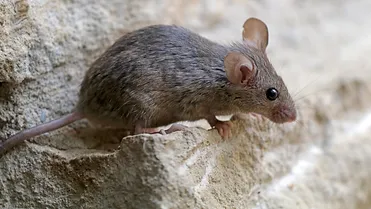Common House Mouse | Pest Control

The common house mouse is a small mammal which belongs to the order of Rodentia. With regards to their physical features, they have characteristically pointed snouts, big round shaped ears and long hairy tails. It is one of the most populated species of the genus Mus.
The common house mice are said to be the most abundant mammals in the USA, if not the world. Many households have reported time and again about rodent infestations regularly.
Here are some facts and trivia you might not have known about the common house mouse:
1) When do mice infestations happen?
2) How many times do mice eat each day?
3) How agile are house mice?
4) How can mice get into your home?
5) How long does the common house mouse live?
6) Can the common house mouse spread bacteria?
In addition they also spread around small droplets of urine as they travel around the house. This makes them very poisonous because they carry up to 200 human pathogens aside from these dirty droppings and urine droplets.
If the infestation of the common house mouse in your home is uncontrollable, seek professional advice of a trusted rodent control expert in the Fort Worth area.
Remember, one female house mouse can give birth to a dozen babies every 3 weeks. Contact the Sniper Termite and Pest technicians today before they multiply!
Click here to learn if having mice means it’s a sign of a dirty home here.
Have Queries?
Pest Control Fort Worth – Best in the Business
Request a Quote Today
Reach Us
Location :
1060 Cotton Depot Ln #642,
Fort Worth, TX 76102
